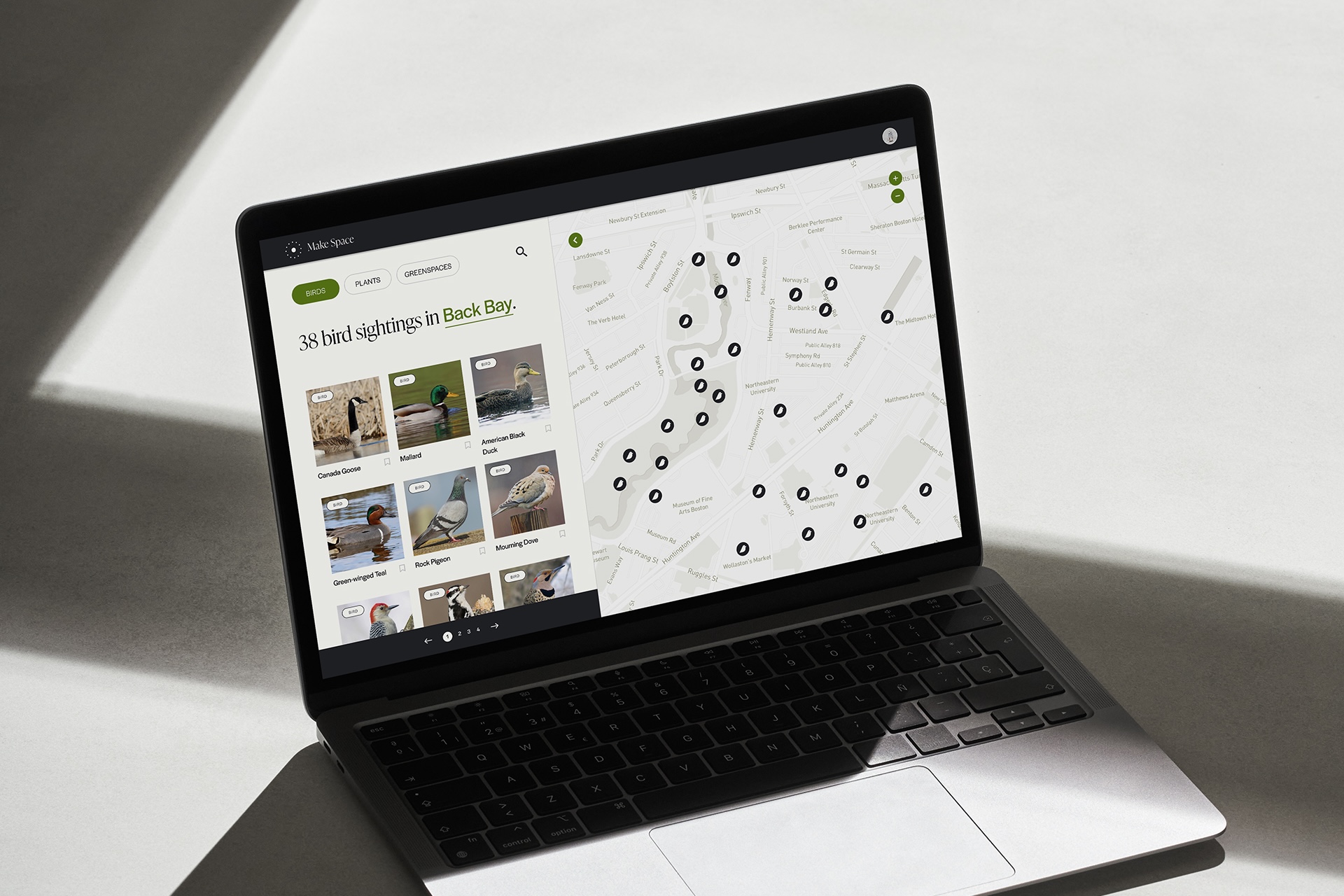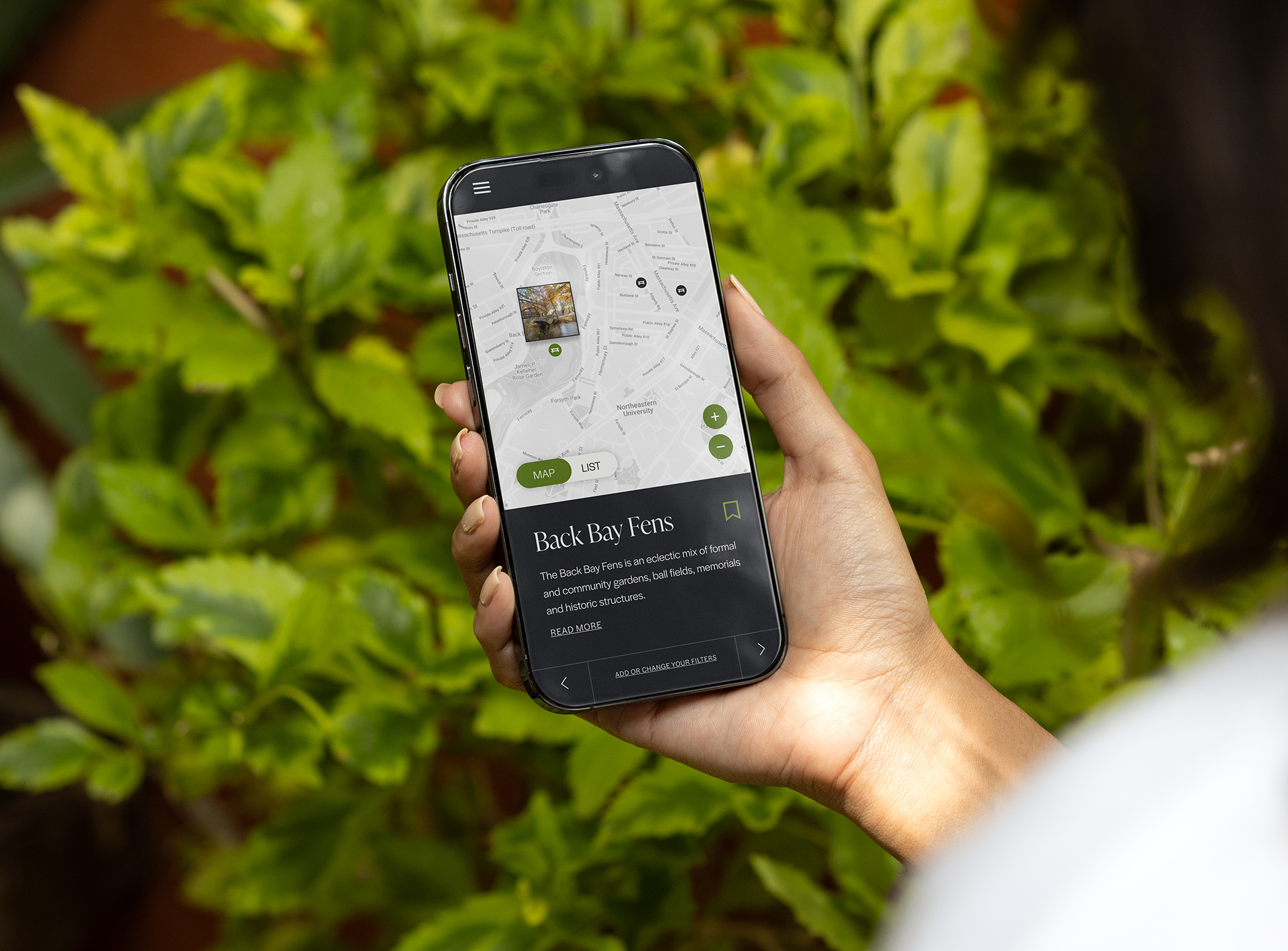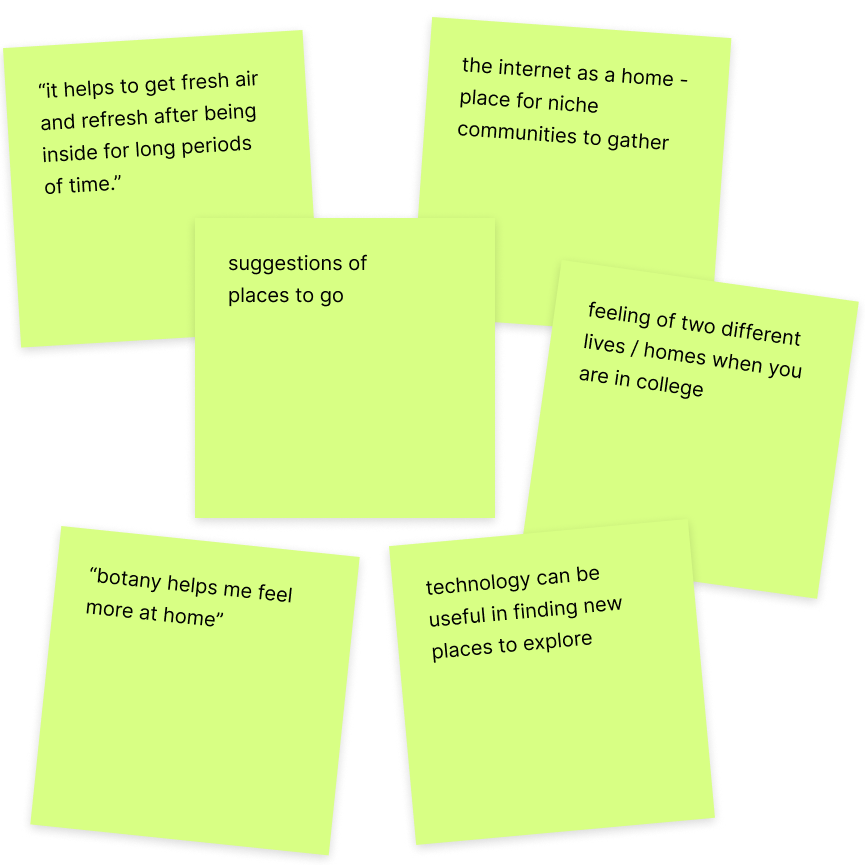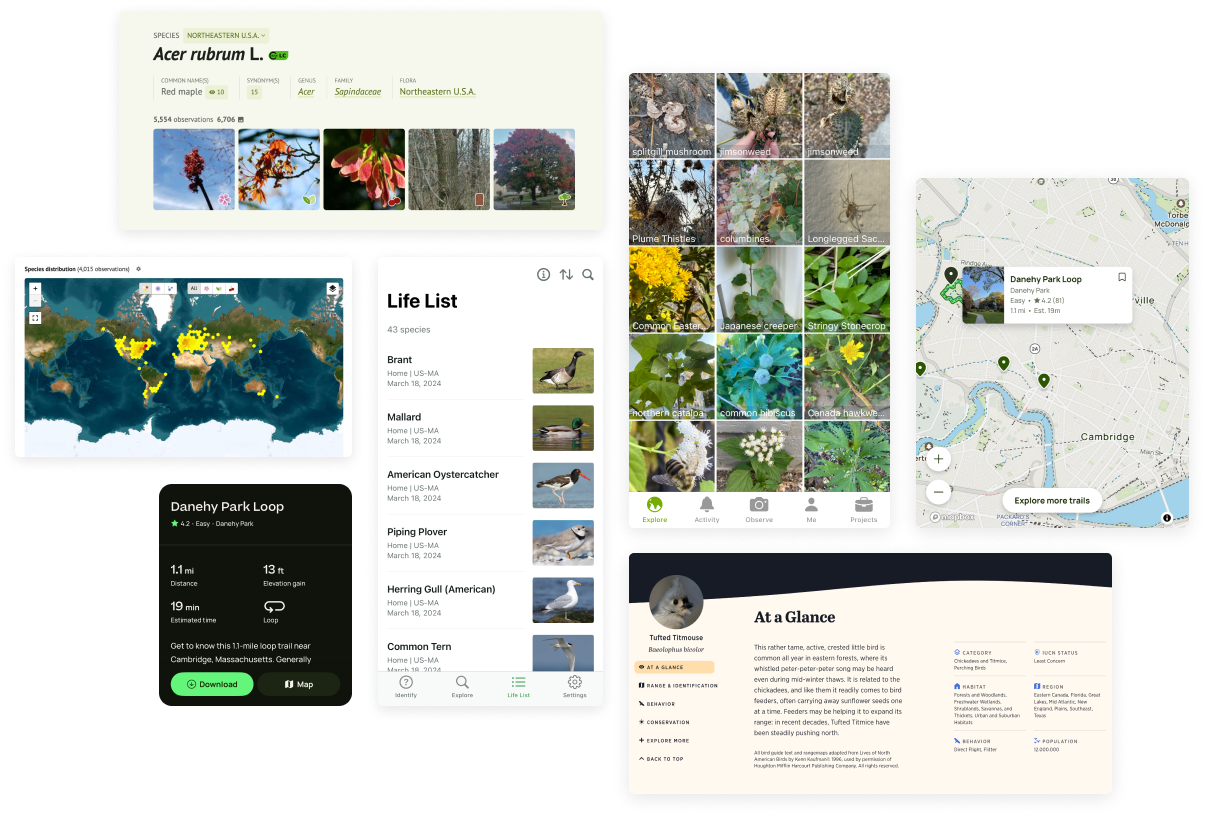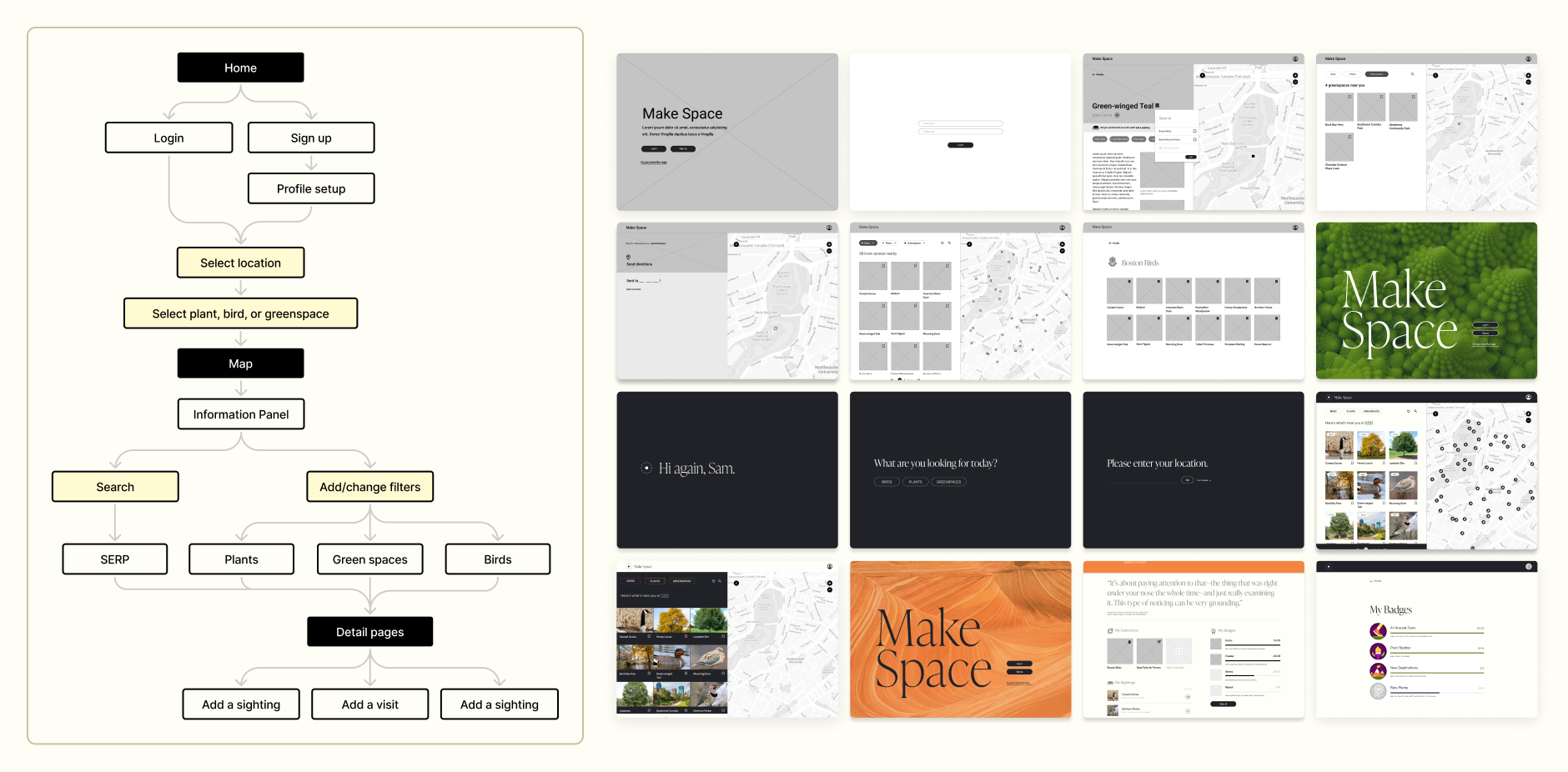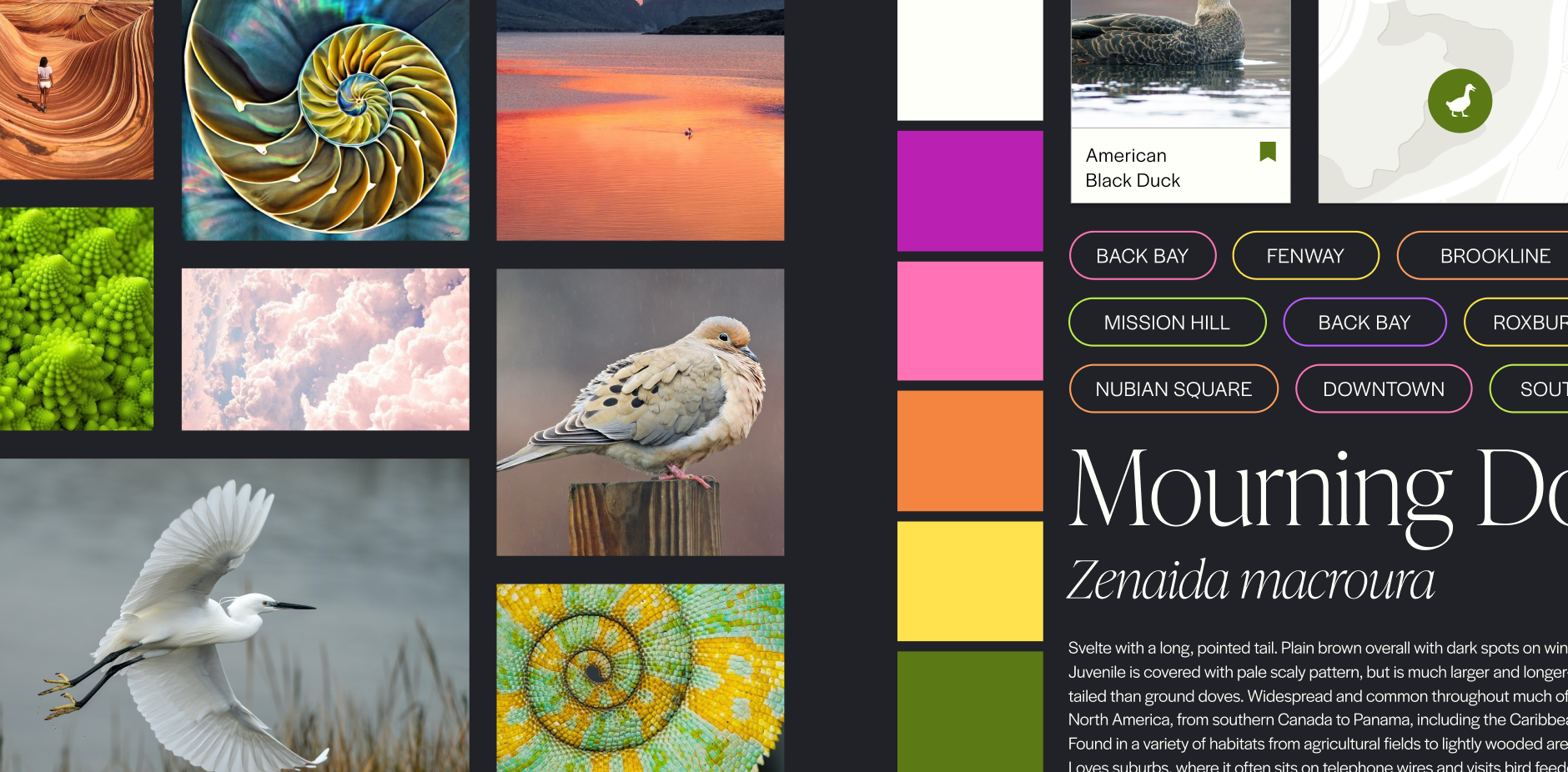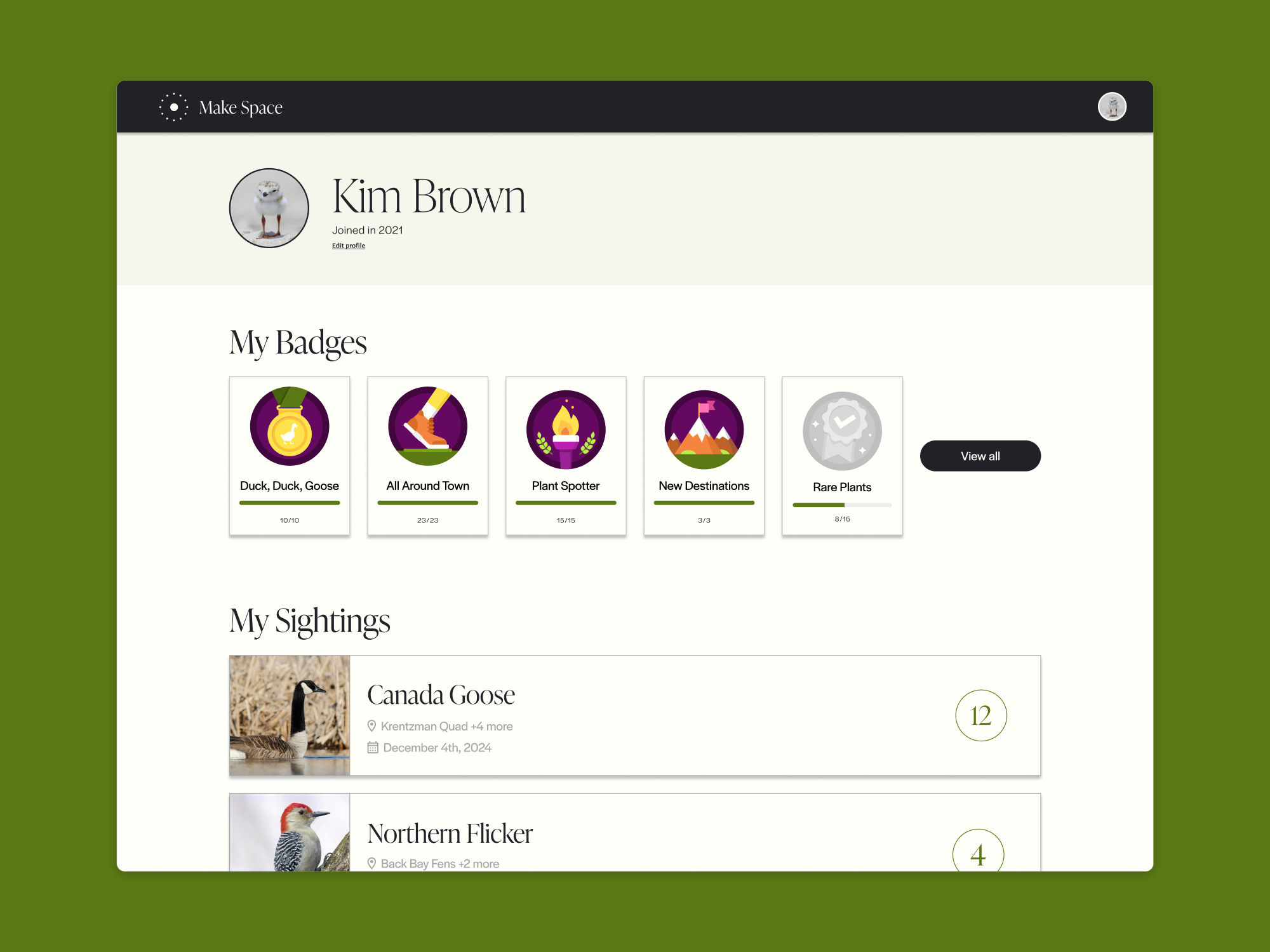Make Space
Make Space
A tool that lets humans connect with nearby birds, plants, and greenspaces.
Branding, UI/UX
Overview
Getting closer to nature through technology
In an age where our virtual environments are becoming increasingly immersive, I wanted to create an app that bridges the gap between technology and nature. The result was Make Space, an app designed to help users explore three fundamental aspects of nature: birds, plants, and greenspaces.
Challenge
For those looking to connect with the environment, it's hard to know where to start
Research consistently shows that spending time outdoors helps alleviate anxiety and stress. Activities like birdwatching or plant identification deepen our connection with nature, providing a grounding and calming effect—a benefit I’ve personally experienced. However, many struggle to prioritize these activities or incorporate them into their daily routines.
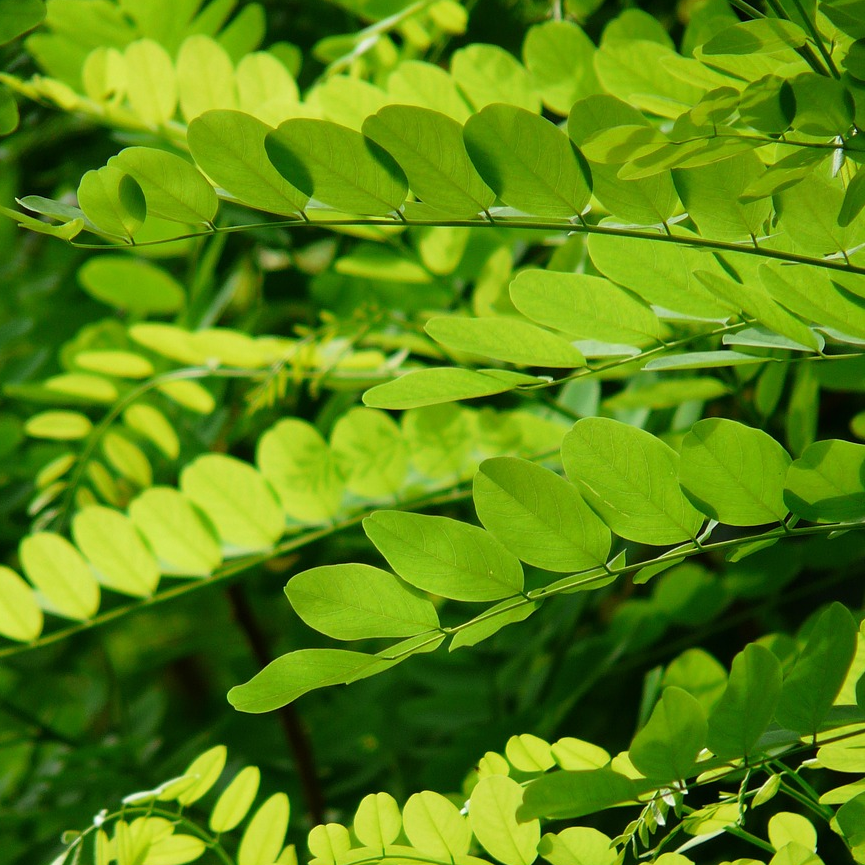
“I’m trying to imagine what it would be like going through life not knowing the names of the plants and animals around you...I think it would be a little scary and disorienting—like being lost in a foreign city where you can’t read the street signs.”
Braiding Sweetgrass: Indigenous Wisdom, Scientific Knowledge, and the Teachings of Plants, Robin Wall Kimmerer
“I’m trying to imagine what it would be like going through life not knowing the names of the plants and animals around you...I think it would be a little scary and disorienting—like being lost in a foreign city where you can’t read the street signs.”
Braiding Sweetgrass: Indigenous Wisdom, Scientific Knowledge, and the Teachings of Plants, Robin Wall Kimmerer
“I’m trying to imagine what it would be like going through life not knowing the names of the plants and animals around you...I think it would be a little scary and disorienting—like being lost in a foreign city where you can’t read the street signs.”
Braiding Sweetgrass: Indigenous Wisdom, Scientific Knowledge, and the Teachings of Plants, Robin Wall Kimmerer
Process
Understanding how nature is perceived by potential users
I began with a far-reaching research and discovery phase, aiming to determine how this tool could best help users connect with nature. I interviewed potential users to understand their current relationship with the environment. From these conversations, I identified four key themes that my interviewees commonly associated with nature: comfort, connection, nostalgia, and exploration. These themes were strong guiding lights throughout this project.
After completing a competitive audit, I concluded that many great tools exist that are specific to exploring one aspect of the enviroment, such as Merlin Bird ID, AllTrails, or iNaturalist. But, few accomodate the exploration of all of one's local surroundings. Additionally, many of the tools I encountered had somewhat unintuitive user experiences.
I defined my key persona as the "local amateur environmentalist," and concluded that this tool would best cater to those new to a place, such as college students or young professionals. I created a sitemap centered around this type of user, and embarked on the wireframing process. I first created paper sketches, then lo-fi and hi-fi wireframes.
Solution
Make Space is an educational tool that allows users to engage with their local environment through an interactive map and filtering system. It encourages exploration of local plants, birds, and greenspaces, enriching one's experience of being outside without distracting from it.
The name Make Space and its logo embody the concept of placemaking—cultivating a sense of belonging and connection to the natural world.
The visual identity was born from awe-inspiring colors, patterns, and geometry found in nature.
Ivy Presto, a display typeface with an approachable elegance, is used for the wordmark and headings. Its formal quality matches Make Space's educational focus and pairs well with the platform's nature photography. For other text, I used Halyard, a clean and legible typeface that balances Ivy Presto's dramatic style.
The visual identity was born from awe-inspiring colors, patterns, and geometry found in nature.
Ivy Presto, a display typeface with an approachable elegance, is used for the wordmark and headings. Its formal quality matches Make Space's educational focus and pairs well with the platform's nature photography. For other text, I used Halyard, a clean and legible typeface that balances Ivy Presto's dramatic style.
The visual identity was born from awe-inspiring colors, patterns, and geometry found in nature.
Ivy Presto, a display typeface with an approachable elegance, is used for the wordmark and headings. Its formal quality matches Make Space's educational focus and pairs well with the platform's nature photography. For other text, I used Halyard, a clean and legible typeface that balances Ivy Presto's dramatic style.
Make Space promotes environmental education by providing a platform for users to log their interactions with their local surroundings. After providing their location, users can view a list of local birds, plants, and greenspaces, from which they can log sightings and visits. Additionally, Make Space offers the ability to earn badges, which are added to a user's profile once completed, providing an extra incentive to get out and explore.
Make Space promotes environmental education by providing a platform for users to log their interactions with their local surroundings. After providing their location, users can view a list of local birds, plants, and greenspaces, from which they can log sightings and visits. Additionally, Make Space offers the ability to earn badges, which are added to a user's profile once completed, providing an extra incentive to get out and explore.
Make Space promotes environmental education by providing a platform for users to log their interactions with their local surroundings. After providing their location, users can view a list of local birds, plants, and greenspaces, from which they can log sightings and visits. Additionally, Make Space offers the ability to earn badges, which are added to a user's profile once completed, providing an extra incentive to get out and explore.
As the user engages with the platform, the map populates, becoming a historical record of their sightings and visits in a particular location. This hopefully builds connection and a sense of belonging among the user and their neighborhood.
As the user engages with the platform, the map populates, becoming a historical record of their sightings and visits in a particular location. This hopefully builds connection and a sense of belonging among the user and their neighborhood.
As the user engages with the platform, the map populates, becoming a historical record of their sightings and visits in a particular location. This hopefully builds connection and a sense of belonging among the user and their neighborhood.
As the user engages with the platform, the map populates, becoming a historical record of their sightings and visits in a particular location. This hopefully builds connection and a sense of belonging among the user and their neighborhood.
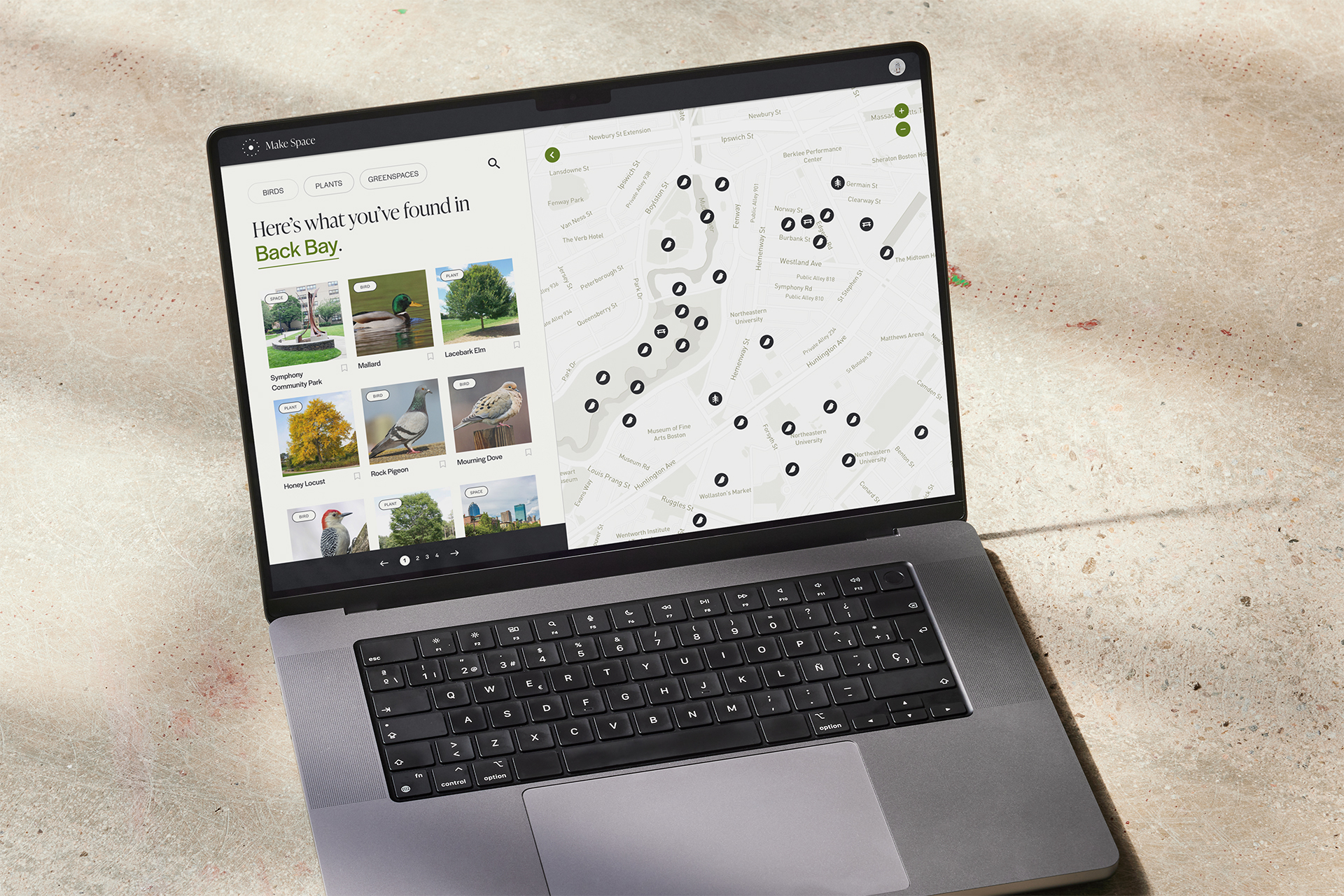
Takeaways
As a designer, I sometimes feel like I'm creating things that push people further away from real life experiences. But with Make Space, I felt like I was creating a digital platform that could actually enrich someone's experience of being out in the world.
Next
hello@samanthamarchesi.com ◒ (c) 2025
